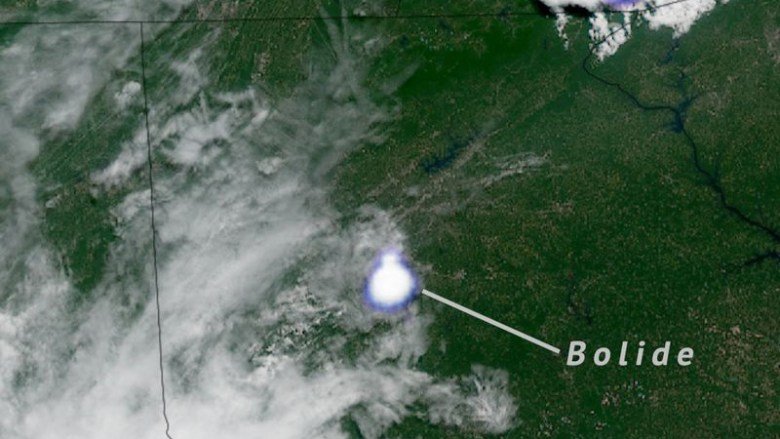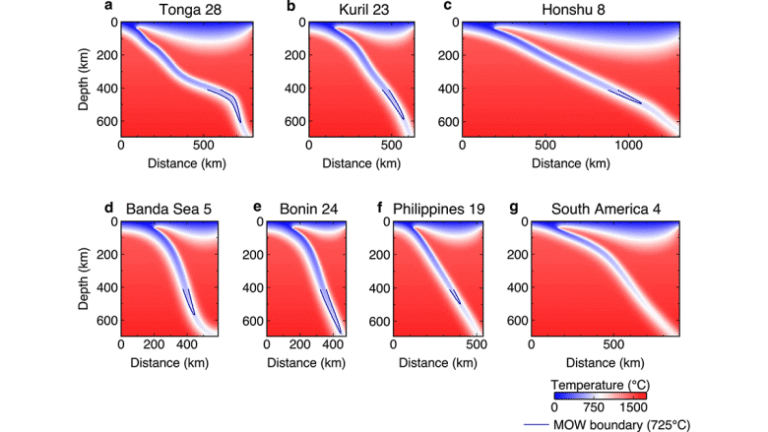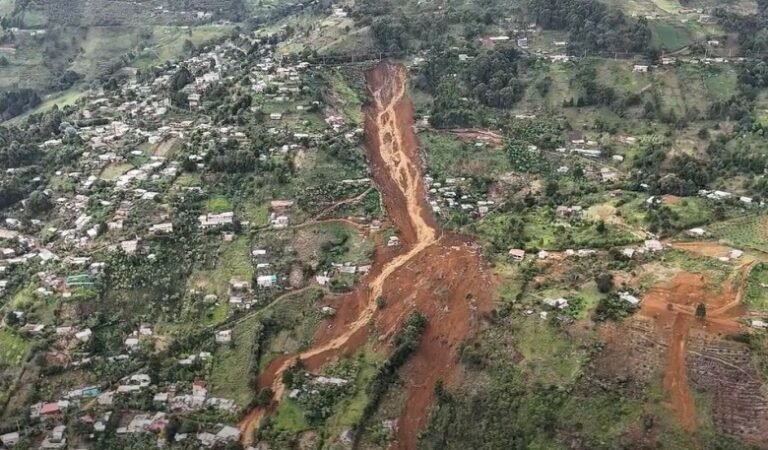

Research & Developments is a blog for brief updates that provide context for the flurry of news regarding law and policy changes that impact science and scientists today.
It’s a bird! It’s a plane! It’s… a bolide!
People in Georgia, Tennessee, and the Carolinas reported sightings of a fireball overhead on Thursday afternoon, 26 June. It is unclear whether it was a meteor or space junk entering Earth’s atmosphere. Meteors can exceed one meter in size and are referred to as bolides when they explode in the atmosphere.
Sometimes, meteorite pieces can be recovered on the ground after such an event. In this case, they may need to be fished out of the foundation of a home. One fragment was reported to have struck a roof in Henry County, Georgia, according to Atlanta news station 11 Alive.
Mike Hankey, operations manager of the American Meteor Society, told 11 Alive that the organization received more than 100 reports of fireball sightings within 2 hours. Most reported said the sighting occurred between 12:25 and 12:40 p.m. EDT.
He explained that bolides can enter the atmosphere at speeds of up to 50,000 miles (80,000 kilometers) per hour, but slow to hundreds of miles per hour as they near Earth’s surface.
“You don’t want to get hit by one,” he clarified. (We at Eos tend to agree.) “It can cause a lot of harm, damages. They’ll go through multiple floors of a home, oftentimes.”
The bolide was bright enough that it was captured briefly by NOAA’s GOES-19 satellite, around the border of Virginia and North Carolina.
NASA Jet Propulsion Laboratory’s Center for Near Earth Object Studies (CNEOS) fireballs database reports that this marks the 20th fireball detected by U.S. government sensors this year. However, the Geostationary Lightning Mapper aboard the NOAA-operated GOES East and GOES West satellites detected nearly 700 this year. In April, another bolide made headlines when it flew over Mexico City.
According to the Swinburne University of Technology, about 5,000 bolides fall to Earth each year, but very few are observed, in large part because so many of them enter the atmosphere over the ocean.
—Emily Dieckman (@emfurd.bsky.social), Associate Editor
These updates are made possible through information from the scientific community. Do you have a story about how changes in law or policy are affecting scientists or research? Send us a tip at eos@agu.org.

Text © 2025. AGU. CC BY-NC-ND 3.0
Except where otherwise noted, images are subject to copyright. Any reuse without express permission from the copyright owner is prohibited.






